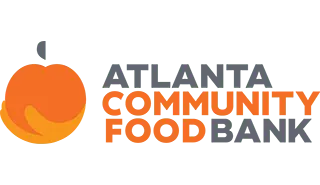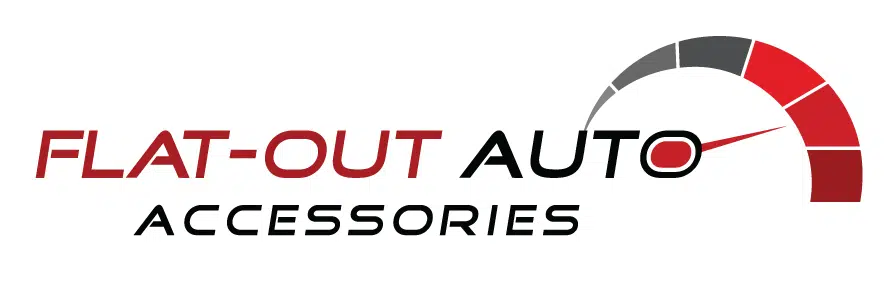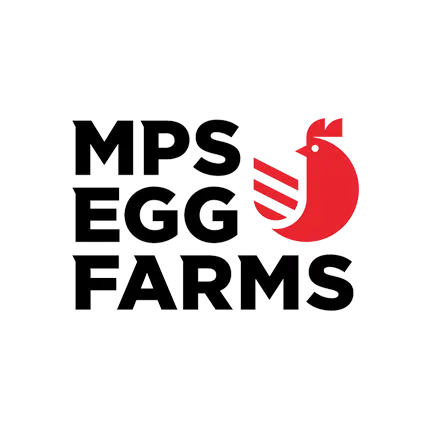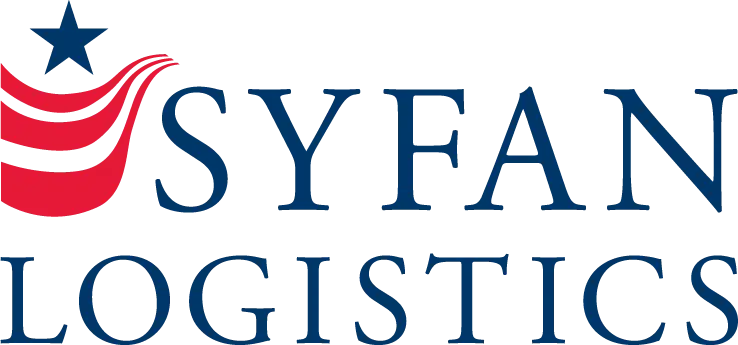How this Southern photographer’s work could again help people who are hungry
Jennie Clayton remembers Johnny Cash calling her house every now and then when she was a girl.

Cash was looking for her father, Charles Allen Clayton, the celebrated Southern photographer from Etowah, Tennessee, usually to have him come shoot a birthday party or other Cash family event.Clayton’s work ranged from the glitzy — shooting country music stars like Cash or counterculture icons like Ru Paul — to the gritty and earnest. Known in general for his portraiture, the photographer also made a name for himself documenting the poor, rural South in the 1960s. Clayton’s reportage was compiled in the book, “Still Hungry in America,” published in 1969.
Clayton died in 2014, and in the final year of his life his daughter spent most weekdays with him in Jasper. In that time, she asked her dad about his life.
“What is the work you’re the most proud of doing as a photographer?” she recalled asking her father one day, “and he pointed to that book.”
“Still Hungry in America” had a significant effect on federal policymaking dealing with poverty, thanks to both the testimony of its author Robert Coles and Clayton’s photography, which is reminiscent of Dorothea Lange’s famous “Migrant Mother” portrait taken during the Great Depression.
Hunger & Hope
This is the first in a series of stories about the community’s collaborative effort to raise awareness about hunger this fall. Look for other stories later this month.
Clayton’s work took him through the depths of Southern poverty, exploring the Mississippi delta, Atlanta and Appalachia to document the hard lives of both children and adults struggling with hunger and health problems caused by prolonged malnutrition.
“I remember him saying — it made me cry — ‘I hope I made a difference,’” Jennie Clayton told The Times on Friday, Aug. 2. “I really think he wishes that more momentum happened as a result of the pain that he went through … (for) this work on starvation in our country seeing children with flies on their mouths and distended bellies and horrible conditions. It affected him.”
Now, his work is being revived in Gainesville this month, and it’s bringing three area nonprofits together.
Clayton’s photography is being presented at the Quinlan Visual Arts Center on Green Street as a retrospective featuring his “Icons” — the celebrity portraiture of Cash, Paul, Kris Kristofferson and others — and his work documenting hunger in the rural South.
The exhibit is rare on a few fronts.
The Clayton estate, managed in part by his daughter, is protective of the late photographer’s work, and it’s only been shown as a collection or sold as prints a few times in recent decades, including a show in 2018 in Atlanta and in the late ’60s in New York City.
It’s also not often that the Quinlan displays a retrospective, or the curated work of a deceased artist, according to Executive Director Amanda Shellnut.
“This was something special,” she said, noting the last retrospective they displayed was from local and nationally celebrated folk artist Reuben Aaron Miller. “And it needed to be done in a way that the photos continued to tell the story of what the artist’s intent was to capture and what his daughter is still carrying on. It just needed to be a bigger project.”
Finally, the exhibit is bringing together for the first time the Quinlan, the Georgia Mountain Food Bank and — because of Clayton’s connection to the music industry — the John Jarrard Foundation.
It started about two years ago when Jennie Clayton approached Shellnut about having a show at the Quinlan.
“With this having a social message, we wanted to make sure we balanced that through a partnership,” Shellnut said on Friday. “We’re also showing Al’s work — bringing in the music component — because that’s what he’s known for, these iconic images. So we’re giving somewhat of the full scope of this particular artist.”
To raise money and spread awareness of hunger and malnutrition in Northeast Georgia, the Quinlan is hosting a private reception marking the opening of the exhibit at 5:30 p.m. Aug. 15 on Green Street. The show opens to the public Aug. 16.
The gallery is also hosting a bowl-painting workshop Sept. 7, which costs $8 per bowl, to prepare for the Sept. 24 Empty Bowl Luncheon at the new Lanier Technical College campus.
A full two months of events are planned to mark what the Georgia Mountain Food Bank has called its Feeding Hope campaign, which relies both on Clayton’s historical perspective and current, real-life stories of people fighting hunger in the region:
‘Still Hungry in America’”
What: Photography collection by Al Clayton
When: Aug. 16-Oct. 5
Where: Quinlan Visual Arts Center, 514 Green St. NE, Gainesville
How much: Free
More info: 770-536-2575
- Aug. 8: Greater Hall Chamber Business After Hours hosted at the Georgia Mountain Food Bank, 5-7 p.m.
- Aug. 15: “Still Hungry in America” collection by Al Clayton opens at the Quinlan with an exclusive VIP reception for Georgia Mountain Food Bank, Quinlan, and John Jarrard Foundation donors with remarks by Thomas Ward Jr., 5:30-7:30 p.m., free to attend
- Aug. 16: “Still Hungry in America” collection open to the public at Quinlan Arts Center
- Sept. 3: Community Food Drive begins
- Sept. 7: Empty Bowl painting at the Quinlan, 10 a.m. to 2 p.m., $8 per bowl
- Sept. 13: Food Truck Friday and food drive at Lake Lanier Olympic Park, 6-9 p.m., bring a can of food to donate to Georgia Mountain Food Bank
- Sept. 24: Empty Bowl Luncheon at the Lanier Tech Ramsey Conference Center, 11 a.m. to 1 p.m., $30 per ticket or table sponsorships beginning at $750
- Sept. 28: 18th John Jarrard Foundation concert
- October 6: “Still Hungry in America” exhibit closes
Throughout the calendar, the Quinlan will be a drop location for donations to the Georgia Mountain Food Bank.
The goal of the effort is similar to the food bank’s overarching goal, said Executive Director Kay Blackstock.
She hopes the project succeeds in “creating awareness, educating people, to empower them to make a better quality of life for everybody.”
Just as Clayton’s photographs changed the lives of the poor in the rural South, Blackstock hopes the new Feeding Hope campaign will offer a glimpse into what hunger looks like in 2019.
“Hunger, and not just hunger, but struggles, don’t always look as destitute and desperate as those pictures do,” Blackstock said, gesturing to some of Clayton’s work. “You don’t know their story until you tell their story.”
To that effect, the food bank has collected first-hand accounts of people helped by its services or by nonprofits that rely on the food bank.
Stories like Teresa Nenadic of Lumpkin County, whose marriage ended when her husband was arrested for domestic violence. She then lost her job and suffered a hiking accident that left her unable to re-enter the workforce to feed her two children.
“I wasn’t rich before everything happened, but I definitely didn’t worry about food, and then,
all of a sudden I’m stretching every dollar,” Nenadic told the food bank. “I would be going without myself so my children could eat and then wondering if they’re hungry going to bed.”
Nenadic’s picture, and the photos of the rest of the people in the Feeding Hope campaign, was taken by Jennie Clayton, a photographer in her own right.
The food bank collected other stories from people in Hall, Dawson, Forsyth and Union counties that put a new face on hunger in the region — average people who were struck by circumstances or fate and left wondering how they were going to feed themselves of their families.
“You don’t know what someone next to you is going through,” Shellnut said.
The art show and the campaign itself are about “kindness and compassion,” Blackstock added.
“And if we don’t need that right now? Lord, have mercy,” she said.
Written by: Nick Bowman/The Gainesville Times


















